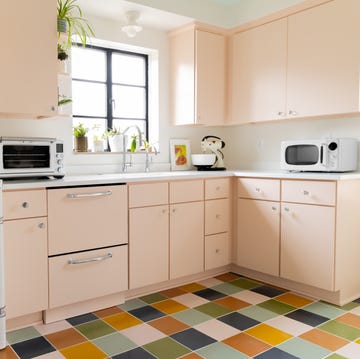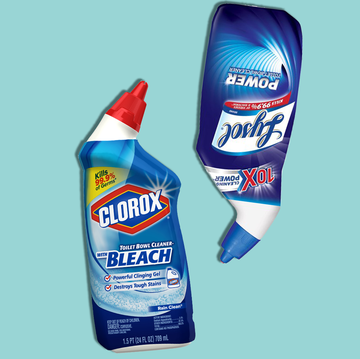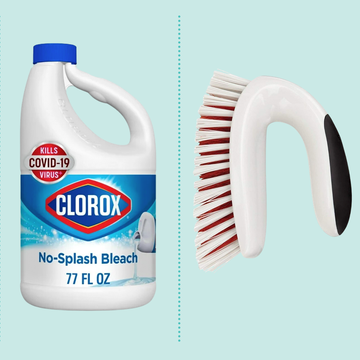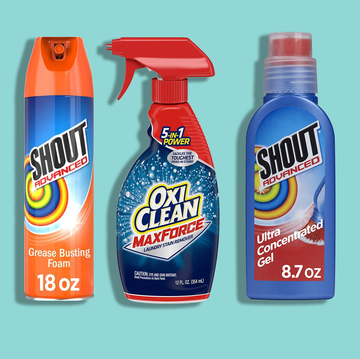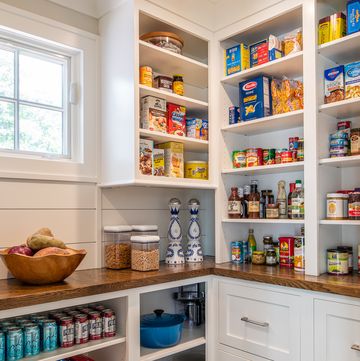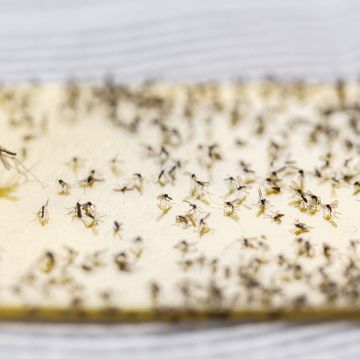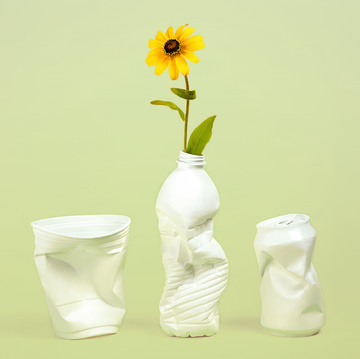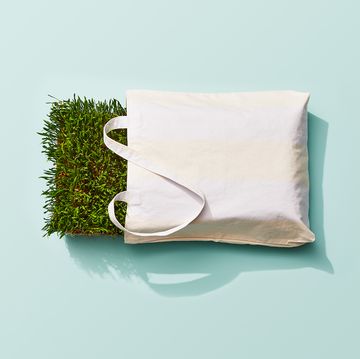Americans have a powerful green advocate at the U.S. Environmental Protection Agency these days: EPA administrator Lisa P. Jackson, a chemical engineer by training and a mom of two teens, one of whom has asthma. To reduce the family's carbon footprint, Jackson drives a Toyota Prius but uses the family minivan "for occasionally carting a carload of kids and shopping for bulk buys." They all take mass transit whenever possible, recycle, and shop at farmers' markets to support local farmers and for quality assurance — she feels it's important to know where your food comes from. Here are just a few of Jackson's tips on how moms can protect the environment and their family's health. "Moms are demanding safer products and chemicals in the environment, and they should be applauded for their activism," she says. "We can work all day long [at the EPA], but we also need Americans to get informed and take steps to help." You can start by creating a healthy environment at home:
1. Ban smoking in your home. The EPA classifies secondhand smoke as a Group A carcinogen — meaning there is solid evidence that it's cancer-causing — and estimates that it's responsible for the deaths of about 3,000 American nonsmokers every year. Each year, between 150,000 and 300,000 children under the age of 18 months get pneumonia or bronchitis from exposure to smoking. When guests light up, it can increase your kids' risk of developing asthma — and if your child is already asthmatic, it can make symptoms worse.
2. Get rid of dampness to keep mold at bay. Mold isn't just annoying to clean — it can be hazardous to your family's health. People exposed to it — some are more sensitive than others — can develop allergic reactions, stuffy noses, eye and skin irritations, and wheezing. Reducing the humidity in your home (aim for 50 to 60 percent) can curb mold and mildew growth. Vent bathrooms and dryers outdoors, use air conditioners and dehumidifiers, increase ventilation, and use exhaust fans when you cook, wash dishes, and clean. Get more tips on getting rid of mold and mildew.
3. Reduce dust mites and pests. Wash bedding in hot water and use a vacuum with a HEPA filter. Store food properly in the kitchen pantry. Kids' toy tip: Mites can live in stuffed animals. To kill them, throw the toys in the freezer for 24-48 hours, then toss them in the dryer to fluff and warm them up.
4. Use pesticides with care. To avoid poisoning or other problems, read (and make sure you understand) labels, have proper ventilation, store chemicals in labeled containers, and keep them locked and out of reach of kids.
5. Read your water report. By law, every municipal water supplier has to provide consumers with an annual water-quality report, which must include any contaminants that have been found. Advocating for cleaner, safer water locally starts with knowing what issues your local municipal system has. If you get your water from a well, be sure to test annually (and more frequently if you suspect a problem). Money-saving tip: Go to epa.gov/watersense for smart ways to trim your water usage and info on water-saving appliances and fixtures.
6. Minimize exposure to BPA. This chemical, found in a huge range of products, from can liners to compact discs, has been found to cause reproductive and developmental changes in animals. The EPA plans to put BPA on a list of "chemicals of concern" that may put people's health and the environment at risk. See more advice on how to avoid BPA exposure.


